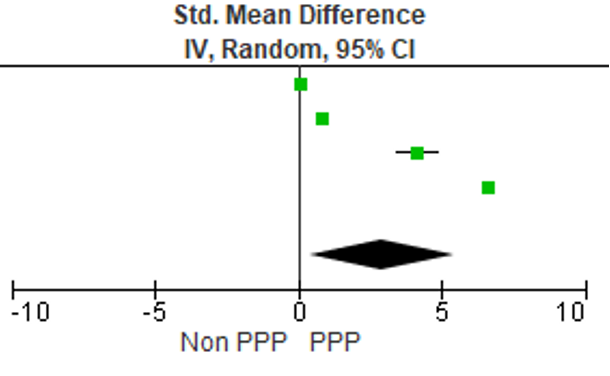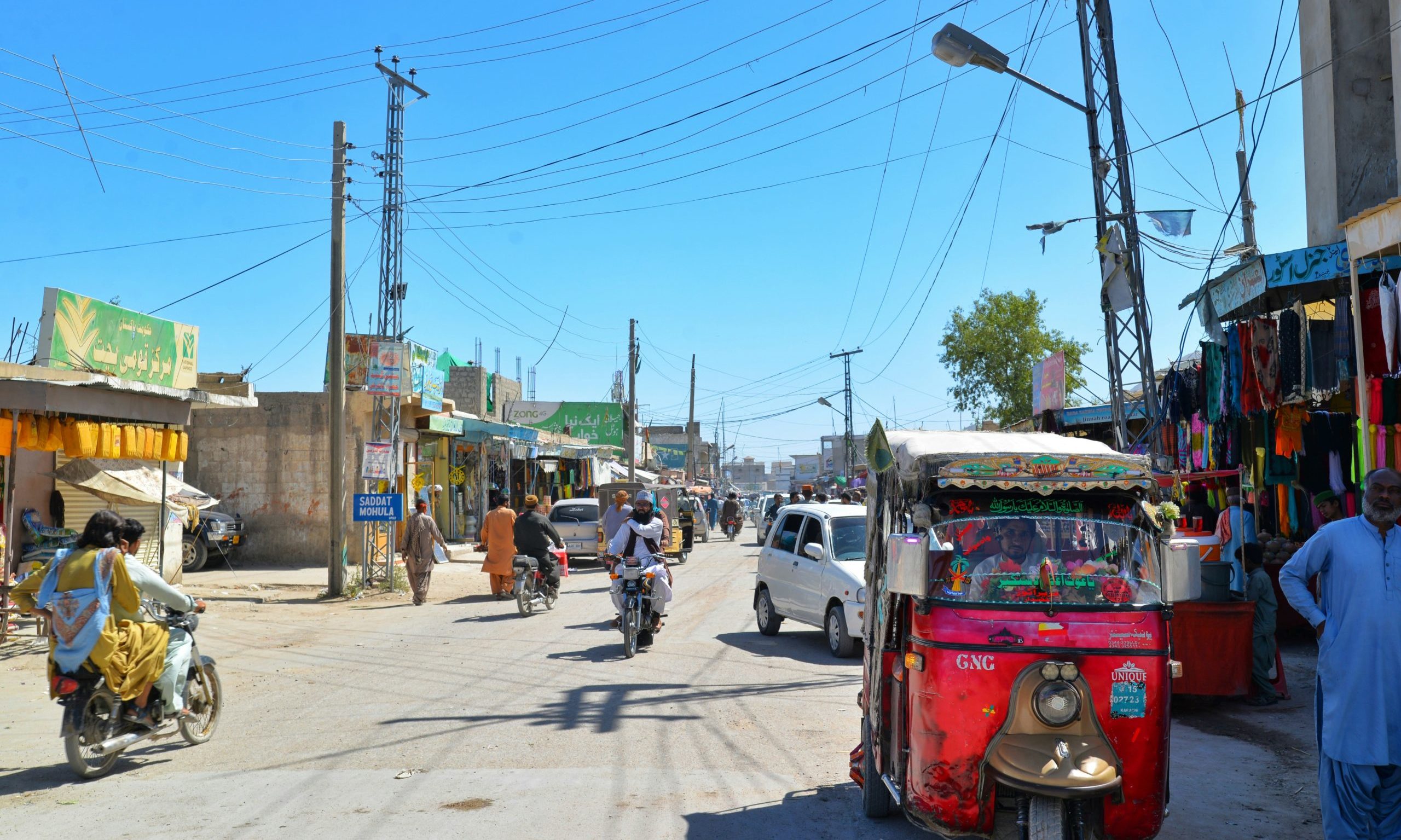Impact of Public-Private Partnerships in Education: A Systematic Review of Literature from Pakistan
In this blogpost, Aisha Naz Ansari presents the results of a meta-analysis to evaluate the impact of PPPs on improving access and quality of primary and secondary schooling in Pakistan.
Public-private partnerships (PPPs) represent a relatively new governance approach involving government and non-government stakeholders collaborating to tackle developmental challenges (Robertson et al., 2012). In education, PPPs are a strategic tool to offer a politically acceptable solution for the persistent issues of quality, access, governance, and financing (LaRocque, 2008). Countries like Pakistan face significant challenges in providing quality education due to limited resources, especially for marginalised groups. Despite concerns about equity, efficacy, transparency, and cost-effectiveness, PPPs have gained traction in developing countries to address diverse educational needs (Aslam et al., 2016). In line with global trends, Pakistan has embraced PPPs in education, highlighting the need to evaluate their effectiveness in improving access to and quality of school education. This blog post presents the results of a meta-analysis to evaluate the impact of PPPs on improving access (enrolment) and quality (students’ learning outcomes) of primary and secondary schooling in Pakistan.
Methods
This review followed the PRISMA guidelines (2020) for systematic and transparent reporting. It selected studies from 2000 to 2022 that met predefined inclusion criteria to investigate the impact of PPPs on educational access and quality in Pakistan’s primary and secondary schools. Searches were conducted on November 8, 2022, in five databases (EBSCO Discovery, SCOPUS, JSTOR, Emerald, and Wiley Library) and included the World Bank and UNESCO. From 31,121 initial results, 13,881 duplicates were removed, leaving 17,240 studies for screening. The first screening included 67 studies, and the second screening left only 8 studies for data extraction and critical appraisal. Data were extracted using a template, and discrepancies were resolved by a third reviewer. Furthermore, experimental studies underwent meta-analysis to calculate effect size¹ with a 95% confidence interval, and qualitative components were thematically analysed.
Meta-Analysis: The Impact of PPP on Enrolment and Student Learning
As presented in Figure 1, the average impact on student enrolment across all the studies was 2.37, indicating that the enrolment went up by this amount. However, there is a lot of uncertainty in the results. The confidence interval goes from -1.35 to 8.27, showing that the effect could be negative or positive, depending on the study. Additionally, there’s also a lot of variability between the studies, as shown by a high percentage (100%) indicating that the results from different studies are quite different from each other. The studies ranged from showing a very small negative effect (-0.24) in one study to a very large positive effect (8.19) in another. In some studies, there was no impact at all. This wide variation suggests that the effect of enrolment can differ a lot depending on the context or other factors in each study.

Figure 1: Effect of PPP on Student Enrolment
The effect of PPP on student performance, measured by test scores, shows an average improvement of about 2.92 points. This result comes from analysing different studies, with the range of improvements varying widely from a small increase of 0.10 points to a much larger increase of 6.61 points. The studies show significant differences in results, suggesting that the impact of PPPs can vary greatly depending on the specific context or factors involved.

Figure 2: Effect of PPP on Student Achievement
Meta-Synthesis of the Impact of PPP
This meta-synthesis included eight studies on the impact of PPPs on Pakistan’s education system. PPP initiatives consistently increase student enrolment compared to nearby public and private schools alongside improving completion and grade transition rates (Ansari, 2021; Barrera-Osorio et al., 2013; 2022). Importantly, Ansari (2021) noted that PPP schools without charging fee from students are more attractive, linking quality education with higher enrolment but showing a negative correlation with financial investment.
Moreover, students in PPP schools outperform peers in core subjects like Math and Language (Amjad & MacLeod, 2014; Hafeez et al., 2016; Raees et al., 2011). Meanwhile, Raees et al. (2011) attribute this to better learning resources and effective leadership in PPP schools, enhancing student satisfaction. However, Amjad and MacLeod (2014) found PPP schools outperform public schools but lag private schools, with private tuition influencing performance. Overall, the studies indicate that PPPs positively impact access to and quality of education.
Conclusion
This systematic review evaluates eight studies on the effectiveness of PPPs in improving educational access and quality in Pakistan. Notably, three studies were funded by the World Bank, highlighting the need for independent evidence before fully endorsing PPP investments. Meta-analysis shows moderate effect sizes of 1.89 for student enrolment and 2.25 for achievement, with significant variation across studies, suggesting PPP schools generally outperform other settings. However, none of the studies found to have compared PPP schools in terms of cost. Therefore, the findings of this review are limited to determine cost-effectiveness of public, private, and PPP schools. Having said that, it is important to consider the cost to which PPPs provide access and quality to underprivileged children of Pakistan.
PPPs enhance access and quality, particularly for marginalised groups, by improving governance through autonomy and decentralisation (Shah & Rind, 2021). Internationally, similar benefits are seen, such as in Kenya’s higher education sector (Mgaiwa & Poncian, 2016). In Pakistan, PPP schools offer better learning environments and outcomes (Hafeez et al., 2016), while addressing equity and social justice, especially in districts with high out-of-school children (Ansari, 2021).
Additional benefits include improved infrastructure, academic innovation, and teacher reform (Hafeez et al., 2016). However, PPPs have not consistently outperformed private schools in quality (Crawfurd et al., 2024). Challenges include donor-driven policies and funding issues, necessitating careful implementation and monitoring (Fennell & Malik, 2016). Despite these, PPPs yield synergistic benefits (Irfan, 2021), requiring clear objectives, effective communication, and strong partnerships (Kusumasari, 2023).
The review underscores the need for context-specific implementation and further research to understand factors influencing PPP success. Policymakers must tailor strategies to local conditions to maximise impact and ensure sustainable educational improvements.
The Author
Aisha Naz Ansari is a Research Specialist at the Aga Khan University Institute for Educational Development, Pakistan. Her research areas include systematic reviews, educational technology, educational psychology, teacher education, public-private partnerships, and classroom teaching and learning.

